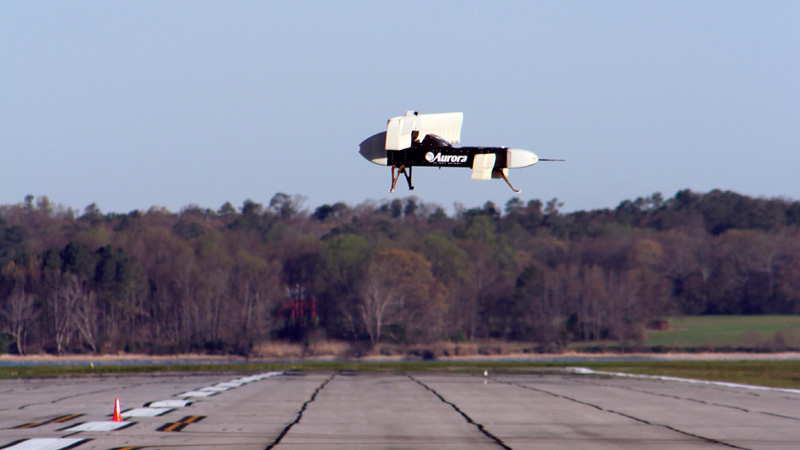Stay Up to Date
Submit your email address to receive the latest industry and Aerospace America news.
The Atmospheric Flight Mechanics Technical Committee addresses the aerodynamic performance, trajectories and attitude dynamics of aircraft, spacecraft, boosters and entry vehicles.
Many advances took place this year in technologies for atmospheric vehicles. There was a worldwide trend toward improving green aircraft technologies that aim to reduce noise and emissions, increase fuel efficiency and aerodynamic performance, and increase operational safety. From the perspective of atmospheric flight mechanics, meeting these goals presents new and exciting problems in aerodynamic modeling, aeroelasticity, flight controls, handling qualities and other topics.
In February, President Obama released a federal budget request that included a 10-year plan called New Aviation Horizons. The plan calls for a variety of advanced aircraft configurations to be built and flown as X-planes to mature and demonstrate key technological advances toward these goals.
One configuration, the X-57 “Maxwell,” was revealed in June by NASA Administrator Charles Bolden at the AIAA 2016 Aviation Forum in Washington, D.C. The X-57 is a modified Tecnam P2006T aircraft, intended to reduce fuel burn, emissions and noise through an array of 14 propellers driven by electric motors. This demonstrator follows other recent NASA pursuits in distributed propulsion, including the hybrid-electric integrated systems test bed and the GL-10 aircraft.
Another configuration is the Blended Wing Body, a joint effort by Boeing and NASA to improve structural, aerodynamic and operational efficiencies. After previous testing at NASA Langley Research Center, Virginia, and NASA Ames Research Center, California, the aircraft test model returned to the Langley 14-foot by 22-foot subsonic wind tunnel in September for additional testing to examine conditions around the engines and to apply flow visualization techniques.
A third set of configurations utilize different wing bracing concepts to make the wings smaller and lighter, which is expected to result in 50 percent lower fuel burn and carbon emission. The truss-braced wing model was tested at the NASA Ames Unitary Plan Wind Tunnel outside San Francisco.
DLR, the German Aerospace Center, conducted flight tests with the HALO aircraft — high altitude, long operation — under the iLOADS mission, between March and April in Oberpfaffenhofen. The Gulfstream G550 airplane was instrumented with many accelerometers and strain gauges and was flown through atmospheric turbulence to verify numerical predictions of aircraft loads and to review aeroelastic stability.
Other interesting flights this year were performed by long-range, high-endurance and solar-powered aircraft. In July, the Swiss-built Solar Impulse 2 aircraft finished its multistop circumnavigation of the Earth. This 16-month journey covered 42,000 kilometers using only solar power. In March, the University of Maryland achieved the first successful flight of a manned solar-powered helicopter with Solar Gamera, a reincarnation of the Gamera human-powered helicopter.
In June, Facebook had its first successful flight of the Aquila solar-powered aircraft in Yuma, Arizona. The airplane weighs 900 pounds, has a 141-foot wingspan, and is intended to provide internet access to people in low-density areas. Aurora Flight Sciences in Manassas, Virginia, was awarded a phase two contract by DARPA to build and demonstrate the LightningStrike VTOL concept, which can take off vertically and then transition into a forward flight mode under distributed propulsion. A 1/5 scale demonstrator was flown in March.
Technologies related to atmospheric flight mechanics are often flown on small unmanned aircraft systems. In August, FAA Part 107 Rule became effective, which offers safety regulations for aircraft under 55 pounds. This rule came after operators were required to register their aircraft with the FAA by February, and ahead of additional rules to expand the range of operations. ★
Stay Up to Date
Submit your email address to receive the latest industry and Aerospace America news.




